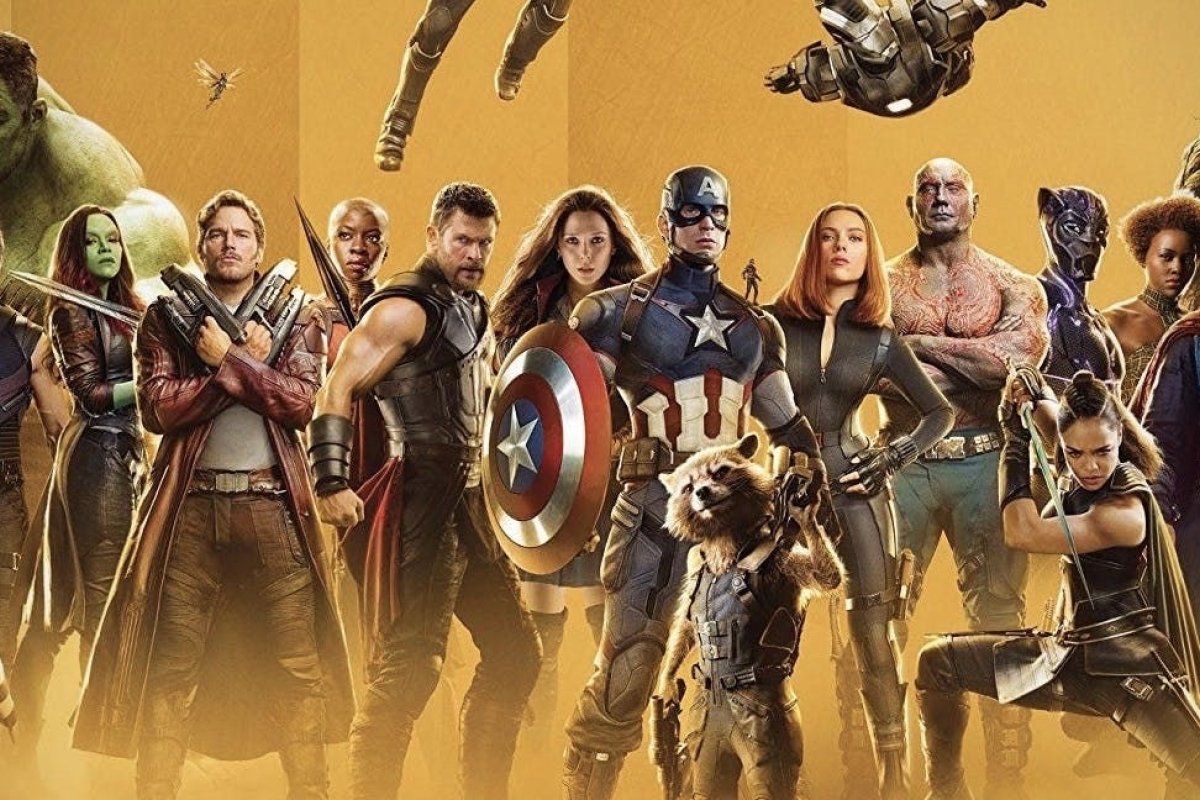
Film Resurrections and the Denial of Death
Exploring the resurrection trope in American cinema and what it reveals about us
Ed. Note: Be forewarned: movie spoilers abound in today’s column.
In blockbuster movies, death is only a temporary setback. Being dead is a minor inconvenience; it just means a character is sidelined until the next sequel. Audiences know these characters will be back because they have, as they so often remind us, “unfinished business.”
The resurrection trope, once a standard of comic books, horror movies, and soap operas, is omnipresent in popular movies. Either a character wasn’t really dead or they’ve been somehow brought back from the dead—see Terminator: Dark Fate (2019), Kingsman: The Golden Circle (2017), Captain America: The Winter Soldier (2014), Star Trek Into Darkness (2013), all three Christopher Nolan Batman movies, etc. When a character’s death is final, the character can still return for a prequel (as is the case with the upcoming Black Widow movie), so viewers don’t really have to say goodbye. Television isn’t immune to the resurrection trope; it’s happened in everything from Sherlock to Stranger Things (where it’s happening again). Even a show praised for its willingness to let main characters die—Game of Thrones—couldn’t help but bring back one fan favorite from the grave.
The 2020 film lineup is continuing the trend. The character that died tragically at the end of Wonder Woman (2017) has returned for the upcoming sequel and is looking suspiciously healthy. Similarly, a character whose death has been shown in three different Fast and Furious movies showed up at the end of the latest trailer to rejoin the team for one more ride. (Somehow, this is not the most implausible thing to happen in that trailer.)
Filmmakers are self-aware of how frequently this trope gets reused. One Marvel character, Loki, returned after his apparent death not once but twice, in Thor (2011) and Thor 2: The Dark World (2013). After his third on-screen death, in a scene filled with pathos as the long-time villain acted heroically, his killer proclaimed that this would be different, saying, “No resurrections this time.”
Marvel’s Loki premieres in 2021.
Though skilled filmmakers can make audiences feel the weight of death and the exuberance of resurrection in these film franchises, the ubiquity of resurrections in film franchises means that each death and each resurrection tends to feel hollower than the one before. The most recent Star Wars movie brings two major characters back from the dead and neither resurrection has any emotional weight. Both resurrections feel cheap; the writers didn’t have the courage to actually let a beloved character die or to invent a new villain. It’s telling that the most famous superhero in the world died in one of the highest-grossing films of 2016 (Batman v. Superman), and you probably don’t even remember how he died or why he was resurrected in the sequel.
On a superficial level, it’s easy to explain why the resurrection trope is so popular: money and laziness. Production companies know that sequels typically make bank, and well-liked characters are too valuable to be allowed to rest in peace. Filmmakers want their films to have emotional impact, and making a character die and return is an easy and time-tested way to get two dramatic moments. These two factors account for the curious phenomenon of fans watching Spider-Man die while fully cognizant that a new Spider-Man movie would be released the next year.
The interesting question isn’t why so many filmmakers rely on the resurrection trope, but what effect this has on viewers and what this trope says about American culture in the twenty-first century.
In the 1973 book The Denial of Death, anthropologist Ernest Becker argues that human beings across cultures find ways of rejecting the idea that death has the last word. Societies construct myths, develop cultural practices, and invest in collective pursuits to overcome the anxiety about the inevitability of death. Ancient Greek codes of honor, Chinese practices of ancestor-veneration, and the construction of pyramids and ziggurats in the ancient Near East and Mesoamerica are all, according to Becker, instances of the same human psychological impulse to use collective meaning-making to deny the meaninglessness of death.
On Becker’s theory, religious conceptions of reincarnation or the afterlife are not exceptions to a general acceptance of death. Rather, these religious beliefs are particularly clear, codified expressions of the near-universal human phenomenon of rejecting and repressing the finality of death. In the absence of religious convictions, human beings undertake “immortality projects” and construct socially shared “illusions” to meet their psychological needs. Ever since the decline of religion as the unifying structure of meaning in Western societies—Nietzsche’s famous “death of God”—film and other art forms have increasingly facilitated these shared illusions.
We don’t need to agree with Becker’s more sweeping claims to recognize that he’s right about the pervasiveness of the human tendency to deny the finality of death, whether consciously or not. Seen through this lens, the resurrection trope in popular film and television serves a social purpose. Even if many viewers of these films don’t actually believe that people come back to life, repeated exposure to resurrections and pseudo-resurrections functions as a sort of secular ritual of denying death.
Hollywood movies both reflect and shape the desires and subconscious commitments of their audiences. Even if filmgoers don’t go to movies with the intention of glimpsing immortality, we leave theaters with the feeling that, in the words of Luke Skywalker, “No one’s ever really gone.” Or, in the words of The Hulk, “Everybody comes home.”
These ideas are, of course, at home in many religious traditions. But these on-screen resurrections are largely unmoored from comprehensive visions of who persists after death and why. Death clearly does not have the last word, but it’s seldom made evident who or what does have the last word. Secular culture recapitulates religious ideas in vaguer terms.
In other words, God may be dead... but he still has unfinished business. ♦
Sightings is edited by Joel Brown, a PhD Candidate in Religions in the Americas at the Divinity School. Sign up here to receive Sightings via email. You can also follow us on Facebook and Twitter. The views and opinions expressed in this article are those of the author and do not necessarily reflect the position of the Marty Center or its editor.
Image: Heroes and villains of the Marvel Cinematic Universe.


